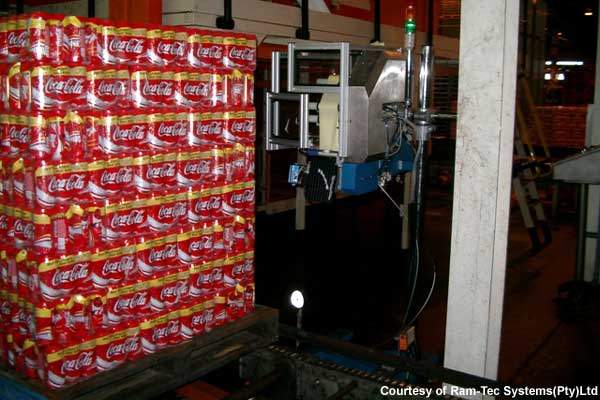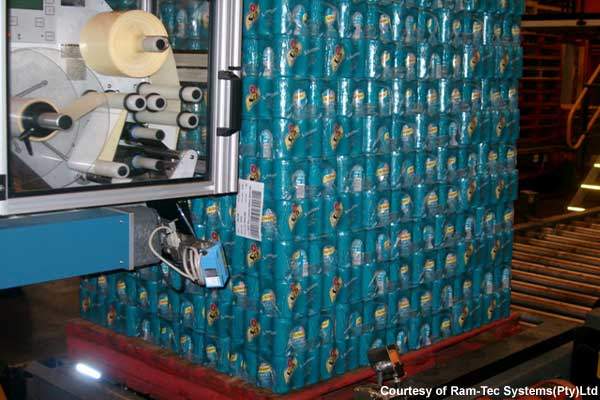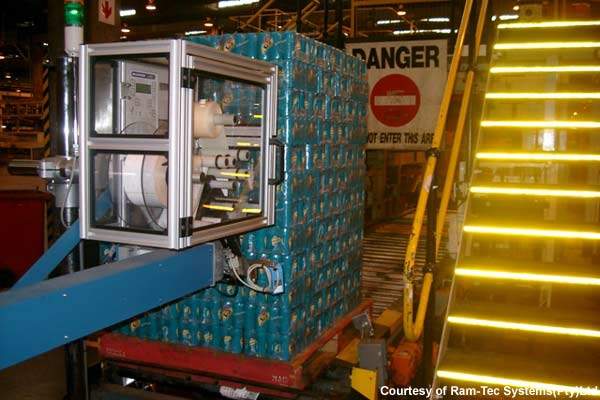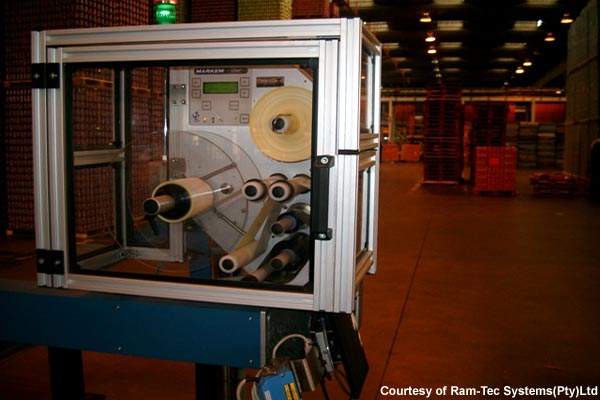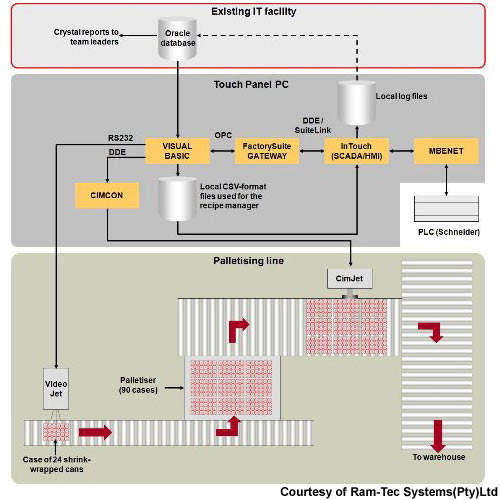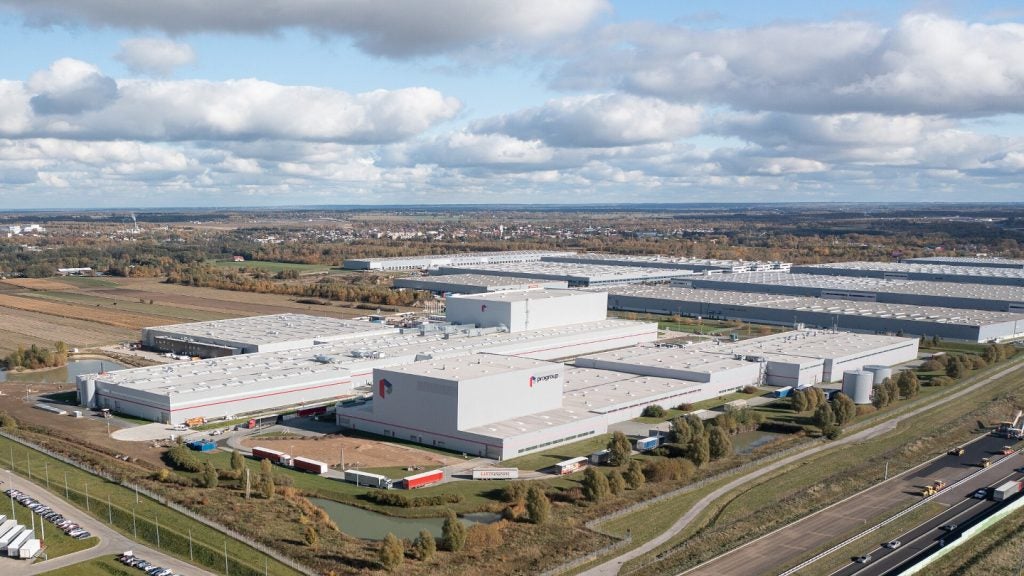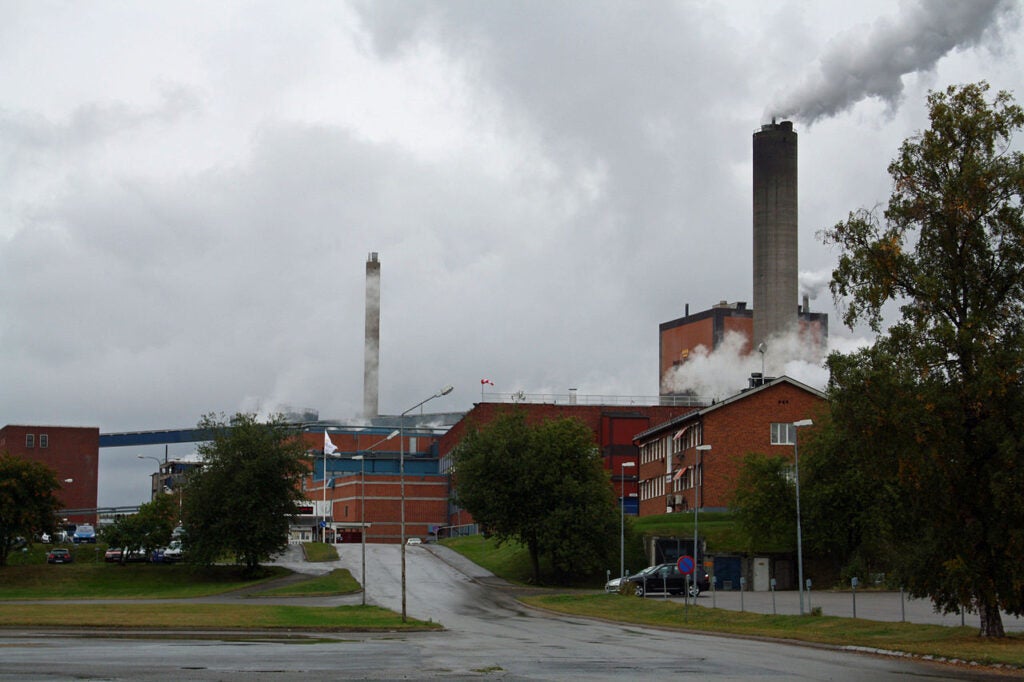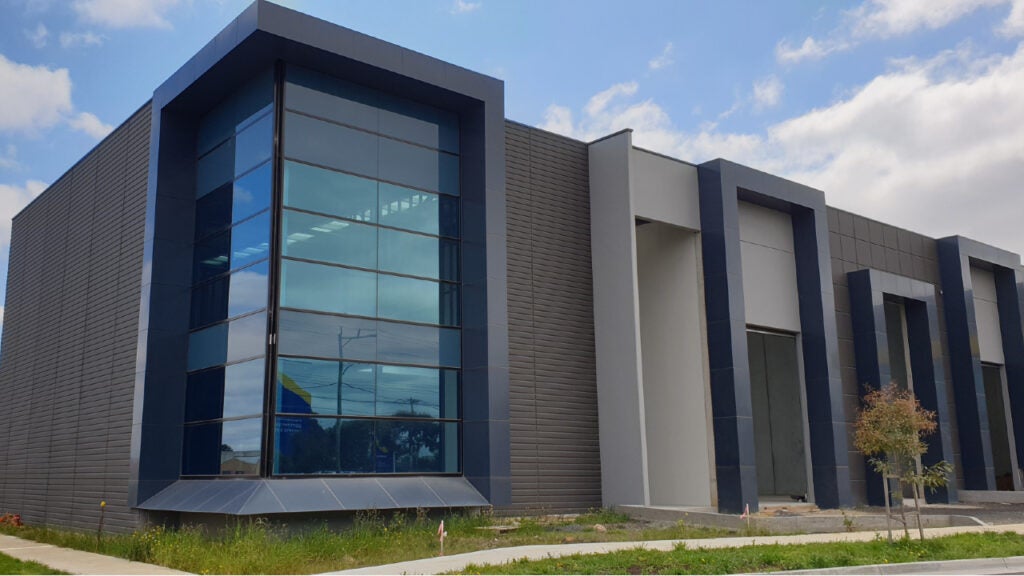The Coca Cola Canners plant in Wadeville, South Africa is the fourth-largest beverage canning plant in the world producing a range of Coca Cola carbonated beverages. The facility produces over 24 million cases of canned drinks per year from seven formulation and canning lines. One of these lines is the largest in the southern hemisphere and has a production capacity of over 2,000 cans per minute.
Because of the sheer volume of production, one of the big problems at the plant is keeping track of the inventory. An automated system to increase control and provide traceability was therefore badly needed. The plant produces over 58 different canned SKUs (stock keeping units) and 200,000 340ml cans per day.
Production
Between 2005 and the end of 2007 a new automated labelling system was introduced into the Wadeville facility, making the manual labelling of shrink-wrapped pallets unnecessary. The system uses specialised on-line printers, which are linked to the larger production control system.
This means that four of the seven production lines at the facility now have the ability to barcode label shrink-wrapped cans and entire pallets (90 cases of 24 cans) in real time, before they enter the warehouse. The shrink-wrapped cases of 24 x 340 ml cans are labelled using a Videojet inkjet printer.
The pallet labelling system and printers are controlled by an expansion of the existing SCADA (supervisory control and data acquisition) system into the packaging lines so that an accurate measurement of production performance and stock status is fully integrated.
The case and pallet labelling uses specialised Markem CimJet labelling inkjet printers supplied by Pyrotechnical Marketing (Pyrotec). The system integrator was Ram-Tec Systems (Pty) Ltd.
The control system is based on the Wonderware InTouch HMI (human machine interface) running on Wonderware touch panel terminals. The system also makes use of Telemecanique Premium PLC (programmable logic controllers) provided by Schneider Electric.
Labelled information
By linking the production control software and the case/pallet labelling and inventory control system, the printed information on the label can be very comprehensive. The 24-can case label includes the pallet number, plant ID, line number, shift code, batch number and product expiry date.
When the cases are combined/collated into a pallet and shrink-wrapped the CimJet system prints a label that duplicates this information. It also adds a product code and description, as well as a 36-character barcode. The system then attaches this label to the 90-pallet case and a barcode scanner can verify the information is correct. The pallet can then be stored at a specific location in a warehouse where its label can identify the contents and be related to the pallet’s location.
Software system
A custom software system based around Visual Basic is integrated with the inventory systems controlling and reporting Oracle database, which reports plant performance at the beginning of each shift (generating crystal reports). Because the two systems can communicate automatically, manual entry of information is made unnecessary and errors on labels are eliminated.
The system links business and production and has formed a platform to support future MES additions. Plant performance can be noted with little effort and adjustments made rapidly if required. Missing pallets can be tracked and all labels can be traced to operators working on each shift. Future improvements at the plant could involve radio frequency identification (RFID) to track pallet whereabouts.
Alberto Pontiggia, MES business development manager for Ram-Tec Systems, commented: “We think that this extension of process control to the packaging lines is fairly unique…But extending it as we have makes a lot of sense, because this is a key function in the overall supply chain and the start of logistics processes.”

